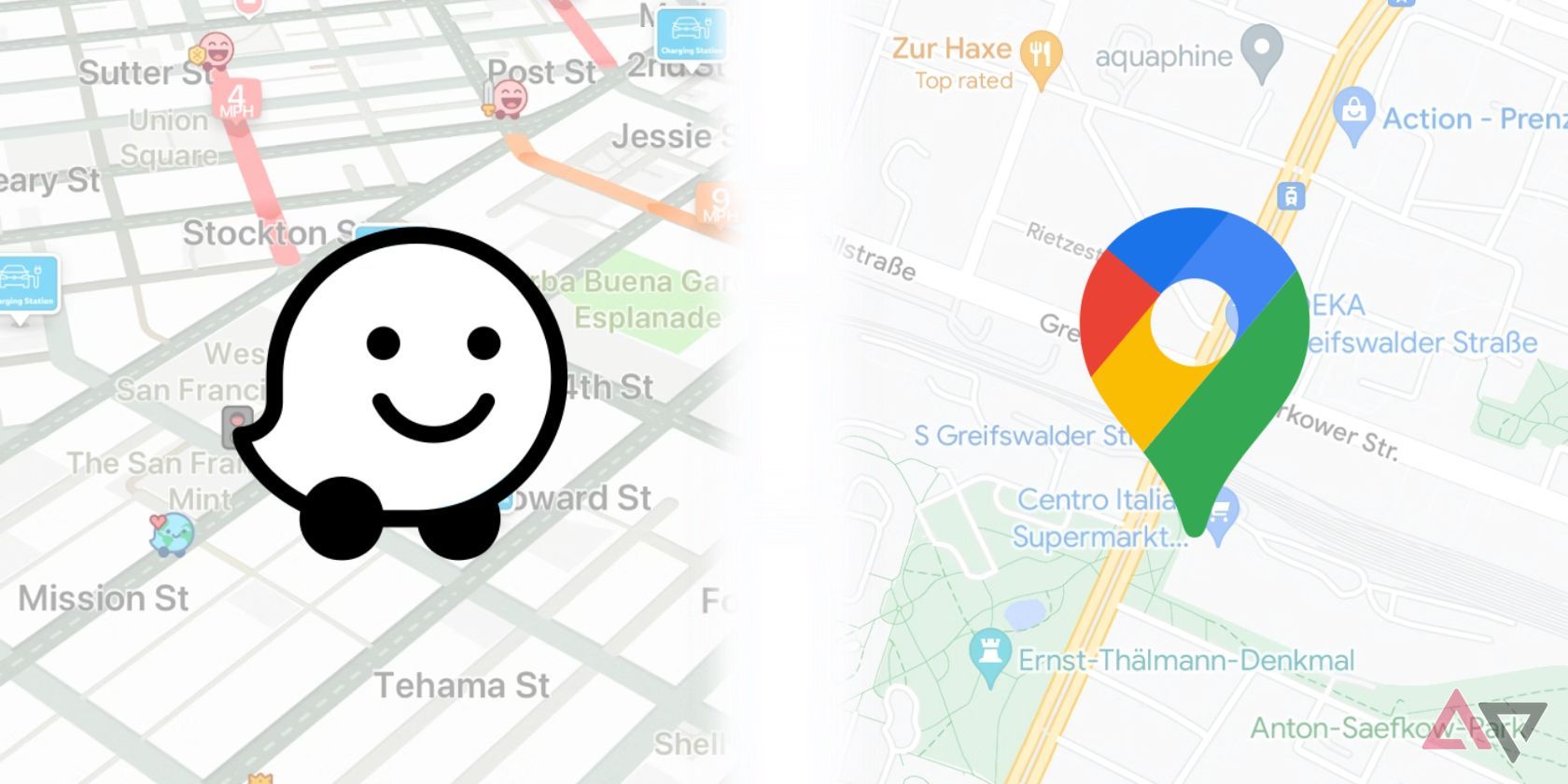If any smartphone feature is underrated, it’s built-in GPS. Not even two decades ago, getting to a new location required a pre-planned route, MapQuest printouts, or an expensive single-use display from TomTom or Garmin. These days, every smartphone user on the planet can get wherever they need to be, just by punching an address into the navigation app of their choice. The only variable that really remains is which app you’re using.
On Android, Google Maps seems like the obvious answer. It’s pre-installed by default, consistently receives upgrades and new features, and helps to crowdsource information like speed traps and construction zones. There’s not much to not like about Google Maps, even if I’ll readily admit it’s not perfect.
Although I’ll admit my experience is anecdotal, over the past few years, I’ve noticed Maps will frequently send me on routes that don’t make much sense. Sometimes it’s easy to explain away these mistakes — avoiding a busy road by cutting through nearby side streets could theoretically save me time, until I have to turn left onto another busy highway without a stoplight. Other times, I’m at a complete loss, routinely re-navigating the route until I’m back on the path I already know is faster. And talking with other drivers in my life, it seems like I’m not alone.
Perhaps that’s one of the reasons Waze remains so popular. Google’s “other” navigation app might not have the name recognition — or the slick UI — of Maps, but its dedicated fan base keeps it in the conversation regardless. As we saw in a new study this week, drivers found Waze 30 percent more effective than Google Maps at alerting drivers to speed traps. That’s thanks in large part to just how much Waze users love Waze; it’s likely why Google has kept it around alongside Maps rather than folding the two teams into one.
Although I expect to get some heat for its inclusion in the comments, iOS users do read Android Police, too, and I’d suspect some of them have made the jump to Apple Maps. It’s a service that took a long time to leave its initial shoddy reputation behind, but these days, I do see plenty of iPhone users relying on Apple’s default service. There are some things to like about Apple Maps — including its visual design, which Google recently drew inspiration from for its own app — its closed nature means it’ll never be the service I’m reaching for, even when I have an iPhone in my pocket.
I’m only placing these three apps by name on the poll, but I have no doubt plenty of our readers have found alternatives outside of Google or Apple. Honestly, I’m excited to hear about them — years ago, I relied on Here WeGo for offline navigation when data wasn’t an option, and I nearly included it until I saw its reputation had recently taken a pretty big nosedive. If you’re not using one of the big three, sound off in the comments with your app of choice. I’m more than open to moving to another good navigation app.





